Colorado may be officially known as the Centennial State, but for many backpackers in the country it’s more famous as “Colorful Colorado”. It’s just filled with so many fantastic trails with wildlife and waterfalls galore. If you’re a newbie, you may feel overwhelmed with all the choices, so here’s a nice guide that can help you make a better informed choice regarding where to go, as well as a list of 10 essentials for hiking and backpacking that you simply can’t do without.
10 Essentials for Hiking and Backpacking in Colorado
Some items are essential for hiking and backpacking wherever you may go. For example, you will need the proper supportive footwear for the kind of terrain you will be hiking. A handy GPS map on your tablet will be convenient, but you also need a paper map (and map-reading skills) to back it up.
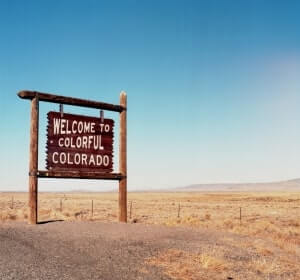
A knife will always come in handy for various situations, especially when you have a multi-tool version. A premium quality rain-resistant backpack will also prove handy regardless of which state you visit for your hiking, and it should be large enough to fit in all your hiking gear.
Of course, you can’t forget about your basic survival kit even if you’re hiking with a guide and a group.
Along with your shelter, you’ll need a compass, a signaling device, perhaps some emergency rations, and most definitely a basic first aid kit.
Comfortable and strong hiking boots will make the hike more enjoyable according to Tent.net passionate team of backpackers. But when you’re in Colorado where it can get quite cold, the particular features of the hiking trails in the state will require you to bring along these following items as well:
- A 3-season tent. These are the seasons that don’t include summer, because you’ll never really find it that warm in the outdoors of Colorado. In fact, at night it will seem to be always windy, wet, and cold, and you need a tent to help keep you warm.
- Cold season sleeping bag with insulated sleeping pad. It should be rated way down to 15 to 29 degrees F, depending on the season and your preferences.
- Plenty of layers of clothing. You start with synthetic base layers, and then topped with jackets and a wind/rain shell. Then you add sun hat during the day and then a wool or fleece hat for cooler conditions. Then put in some gloves and extra socks too.
- Water bottles and a purification system. Regardless of how clean and pure the water may be at your Colorado campsite, you can’t just trust to lick that it will be pure enough for you. So get a water filter or treatment tablets, or maybe a gadget like a Steripen that’s designed to sterilize water.
- Waterproof firestarter. You can opt for matches, tinder, or lighters. Just pick the ones that will still work even if they get wet. For some reason, backpacking items in Colorado have a higher chance of getting wet than when you go hiking in Nevada.
- Camp stove and some fuel. Denver stands between 5,000 to 6,000 feet above sea level, and that’s considered a “moderately high” altitude in Colorado. Some towns are perched over 9,500 feet above sea level, while the top of Pikes Peak goes beyond 14,000 feet. Water boils at a lower temperature in these higher elevations, and that means if you’re boiling food it will take a longer time. So you’ll need a stove with ample fuel to make sure you cook your food properly.
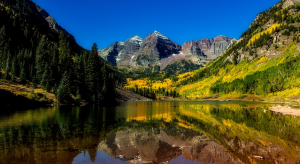
- Insect repellent. You’d think the bugs won’t survive the cold here but you’d be surprised at just how hardy the mosquitos and ticks are here in Colorado.
- Sun protection. Yes, it feels cool and you’d think that means the sunlight won’t be a problem for your skin. But don’t forget that you’re at a high altitude, so the sun can still burn.
- Bear spray or canister. Plenty of spots in Colorado are actually bear country, and some 2-day backpacking trips in Colorado can be too adventurous when bears are involved.
- Dry bags. These, as their name suggests, keep your stuff safe. Prioritize putting in your mobile electronics and maps, and use larger bags for your warm clothes and your sleeping bag.
- Comfortable but strong backpack.
Best Hikes in Rocky Mountain National Park
You can always just pick among the many terrific Rocky Mountain National Park hikes in order to enjoy yourself in Colorado. The best hikes Rocky Mountain National Park you can try can give you amazing mountain views or hikes around a picturesque lake. Some of the best Rocky Mountain National Park Hikes won’t even require you to climb to an extremely high elevation.
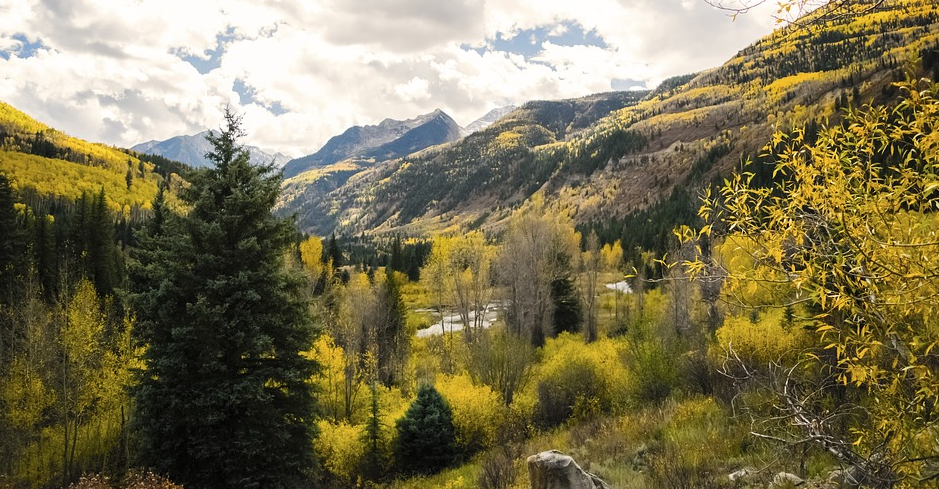
Here are some of your options:
- Mt. Ida. Many consider this hike the best this national park has to offer. Get to the summit, and the view will seem like something you’d see from a cinematic epic. The truth is that the views are simply fantastic even on the way to the top.
- Hallett Peak. The path to the summit on this hike isn’t really difficult, and it’s not dangerous either. You won’t have risky drop-offs to worry about.
- Chapin-Chiquita-Ypsilon. You have 3 summits to choose from, though nothing’s stopping you from climbing all of them. The highest peak among the 3 is Ypsilon, and it’s the 5th highest mountain in the whole park.
- Emerald Lake. You pass along 4 gorgeous subalpine lakes as you get deeper into Tyndall Gorge. Emerald Lake is the shining gem on this crown of lakes, though Dream Lake and Bear Lake possess their own charms.
- Chasm Lake. This hike has quite a few fans, and many who’ve tried it can’t wait to do it again. You’ll get a close look at the famed Diamond, which is the Longs Peak wall facing east that goes up more than 2,400 feet over the utterly sublime alpine lake. And along the way, the passing scenery will simply take your breath away.
- Ute Trail. This is one of the best hikes in Estes Park, though you also get awe-inspiring views of Moraine Park, Longs Peak, and Forest Canyon. This is a relatively flat hike so it’s one of the more popular beginner backpacking trips in the state.
Additional Colorado Hikes You Need to Try
Obviously, Colorado hiking isn’t limited to the Rocky Mountain National Park. Here are some other options you need to try:
- Lost Creek Wilderness Loop. The Lost Creek Loop runs 37 miles through 187 square miles of gorgeous wilderness. There are millions of people in the general area, yet somehow you will rarely encounter other people. But you won’t mind, especially after seeing the southern stretch of Brookside-McCurdy Trail.
- Maroon Bells 4 Pass Loop. This goes for 26.6 miles, and it’s one of the classic 3-day backpacking trips Colorado has to offer. It can be challenging enough that it may even require 4 days. Yet the scenery here can compete with the best places to hike in Colorado. Of course, you can extend the hike with a more leisurely pace, or may you can even do side trips to Willow Pass and Geneva Lake. Just remember that if you’re doing overnight stays, you better bring bear-proof food storage containers!
- Blue Lakes Trail Colorado. This may seem short at less than 8 miles, but this trail around Mt. Sneffels is actually rated as difficult. This gives you fantastic views, with lakes and wildflowers as part of the scenery.
Best Hiking Near Denver
If you’re in Denver, then you also have yourself a rather enviable list of day hikes near Denver to choose from.
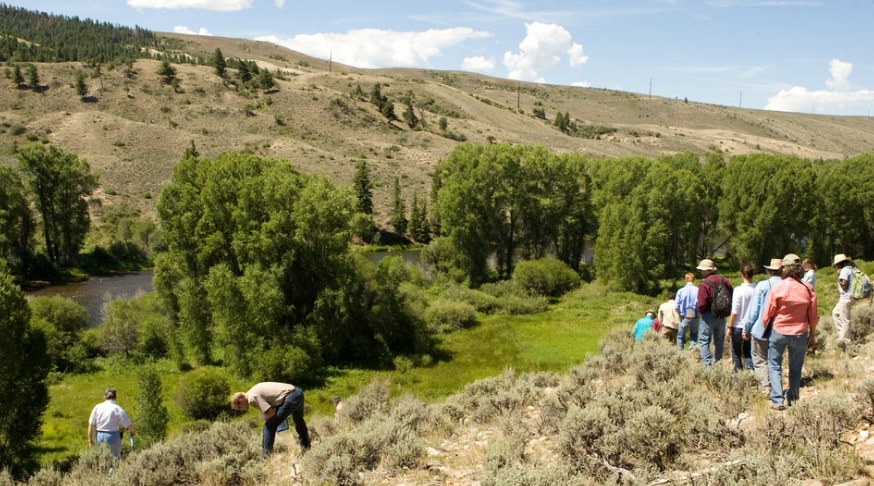
- Mills Lake. This is among the most scenic hikes you can find in the Rocky Mountain National Park, and it won’t take you 2 hours to drive to this trail from Denver. It’s also just 12 miles from Estes Park. It’s 5.3 miles long for your round trip, and you can enjoy a picnic spot while you have awesome mountain views around you.
- Royal Arch Trail, Chautaqua Park. This may only be 3.4 miles long, but it’s moderately difficult. But the challenges come with rewards, including a fantastic view of Boulder as it goes all the way over to the Front Range foothills.
- Ouzel Falls. This an easy hike that’s just 5.4 miles long, and so newbies can enjoy the sight of the impressive Ouzel Falls that rise 40 feet high. But try to visit between late June and Early July, as you’ll glimpse a rare calypso orchid in the shady spots on the side of this trail.
Unique Risks in Colorado Trails
Even the best backpacking trips can come with risks. But in Colorado, you may find challenges that may not be all that common in the guided backpacking trips in other states.
- Flashfloods. The weather may seem fine where you are, but the heavy rains in the mountains can quickly speed downhill to flood river beds and creek beds. That’s why you shouldn’t camp close to a creek bed even if it’s dry.
- Lightning. A considerable number of people die in Colorado due to lightning strikes. These often accompany the thunderstorms that tend to happen in the early afternoon. So to avoid this particular risk, you should start your hike early in the morning so you can be back below the tree line before the afternoon storm arrives.
If you’re caught in a thunderstorm, get to a lower elevation at once. Don’t stay in your tent and avoid isolated rocks and trees. Seek a dens stand of shorter trees instead, or get into at least 6 feet into a cave.
- Hypothermia. In most cases of hypothermia, the root problem is inadequate or wet clothes. So always make sure your layers are warm and waterproof. Go with synthetic or wool fabrics, and never with cotton when backpacking in Colorado.
- Altitude sickness. This is also called acute mountain sickness or AMS. It happens when you’re at a high altitude and you’re unable to get enough oxygen from the thin air. It becomes more common when you past 8,000 above sea level.
Mild cases of AMS are actually common, but severe cases can be life threatening. The symptoms include nausea and vomiting, headaches and dizziness, weakness and fatigue, shortness of breath, lack of coordination, and inability to sleep overnight. If you get several of these symptoms, you may want to go down for about 1,000 feet so you can recover. If your symptoms don’t improve, get down and find expert medical care.
You can reduce the risk of AMS by taking the time to get used to the elevation. You need to start off at the hikes at 5,000 feet before you head on out to the 7,000 feet elevation hikes. Drink more water than you usually do, and avoid alcohol or even caffeine. Go with high calorie meals, since your body needs more energy at high altitude.
Additional Tips for Backpacking in Colorado:
Regardless of how experienced you are at backpacking, there’s always the possibility that things can go wrong because you made a simple mistake. You can boost your chances of avoiding problems with the following tips:
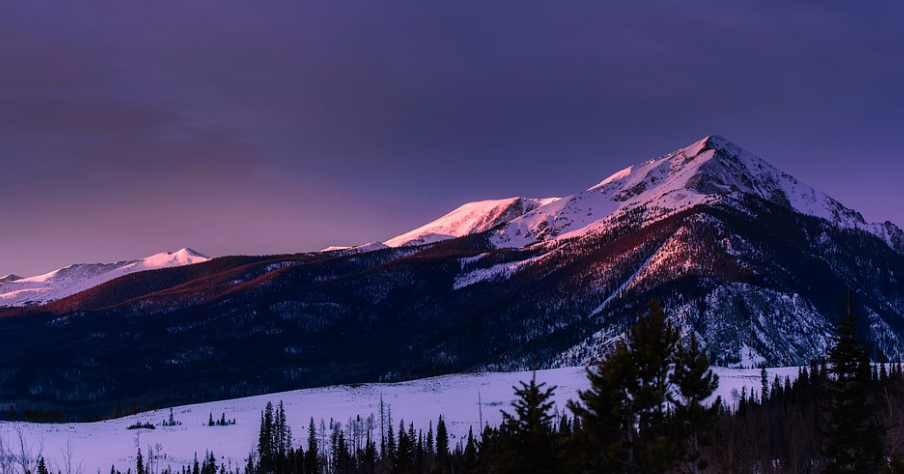
- Always hike with a group. At least when you’re hurt, someone is there to help.
- If you have to hike alone, take a personal locator beacon with you. This will make it easier for emergency rescue units to find you.
- Always tell other people about your planned route. You need to do this even when you’re hiking with a group. Tell the people you notified that you’ll call them at a certain time to assure them you’re alright. If you don’t call by that time, they should notify the authorities.
- Start out with easy trails first until you become more experienced.
- If there’s a problem like fatigue, severe weather, or injury, you need to turn back.
- Always dress properly in layers, and adjust your clothing so you’re always comfy.
- Always carry a survival kit—your survival may depend on it!
